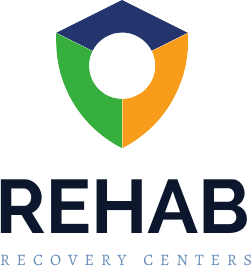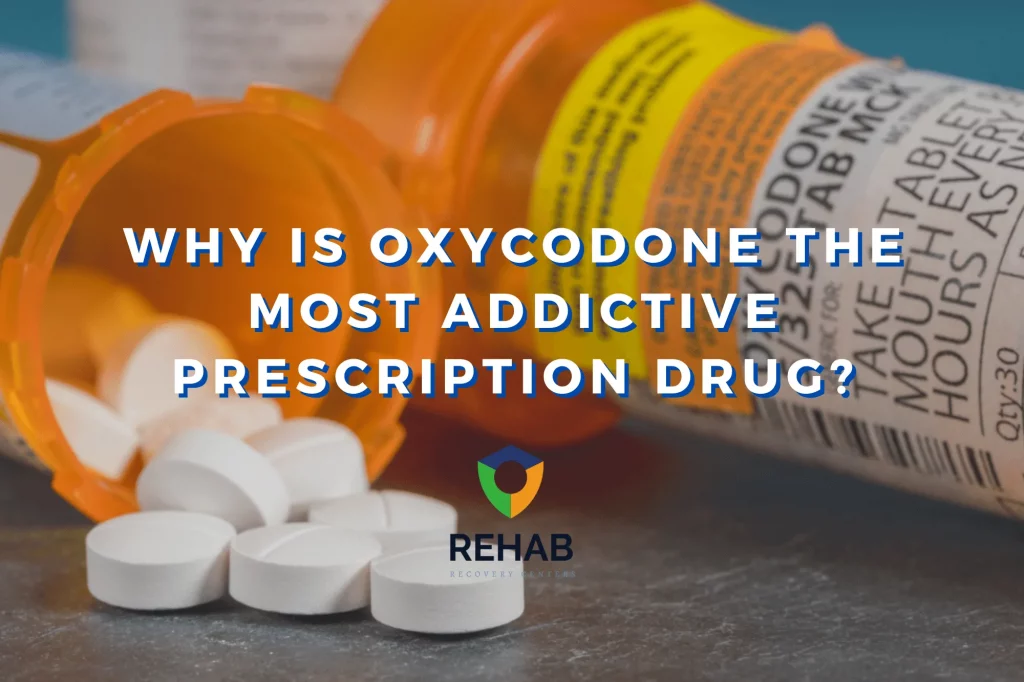Table of Contents
The Council of Economic Advisers (CEA) estimates that the ongoing opioid epidemic has cost more than $2.5 trillion over a four-year period. The epidemic is also claiming the lives of more than 50,000 Americans each year.
A staggering percentage of these victims are or were oxycodone users. But what is oxycodone? Why is it playing such a huge role in this national crisis?
Keep reading now to learn why this seemingly innocent prescription drug is so addictive and devastating.
What Is Oxycodone?
Oxycodone is a semi-synthetic opioid drug. It was first synthesized in Germany in 1916 and entered the United States market in 1939. It is sold under the brand names:
- OxyContin
- OxyFast
- OxyIR
- OxyNorm
- Roxicodone
It is also part of common combination prescription drugs such as:
- Percocet
- Endocet
- Roxicet
- Tylox
- Endodan
- Oxycodan
- Percodan
- Roxiprin
- Combunox
- Targin
- Targiniq
- Targinact
- Troxyca
A Schedule II prescription drug, oxycodone is used to alleviate moderate or severe pain. It is most often prescribed for:
- Broken bones
- Surgical recovery periods
- Chronic pain
- Cancer-induced pain
- Persistent pain unresponsive to lesser medications
Oxycodone is primarily sold in tablet form. It comes in immediate-release and time-release formulas.
When used illicitly, oxycodone may be taken whole, crushed and snorted, or injected. It is known in illegal drug circles by a variety of names, including:
- Oxy
- OCs
- Oxycet
- Oxycotton
- Hillbilly Heroin
- Berries
What Makes Oxycodone So Addictive?
There are several key reasons why oxycodone is considered the most addictive prescription drug on the market. These include:
- How it works on the brain
- Misconceptions surrounding its safety
- Availability
- Loss of prescription drug control
- Addiction treatment challenges
Together, these factors create a perfect storm.
How Oxycodone Works on the Brain
Humans are inherently wired to respond to opioids. Our bodies have opioid-specific receptors in our brains, our spines, and numerous other places throughout our bodies. This system of receptors is designed to respond to the natural or endogenous opioids that our bodies produce.
Endogenous opioids make us feel good or block feelings of pain in ways intended to promote our survival. As a result, our bodies are designed in such a way that once we’ve been exposed to them we are biochemically driven to seek out more.
Historically, this drive has not been a problem because it was inherently limited. Our bodies can only produce a certain amount of endorphins at any given time. Usually, there is some form of action or exertion required to prompt that production, as well.
People simply couldn’t get endorphins often enough or in big enough doses to become addicted.
Addiction entered the picture with synthetic and semi-synthetic opioid drugs. These drugs are available more consistently and in bigger quantities than our bodies are equipped to handle. Our bodies respond to them in the same way, however, making opioid addiction a very real threat once we’ve taken them for any length of time.
To make matters worse, users develop a tolerance for opioids over time. They begin to need larger and larger doses to achieve the same pain relief or sense of well-being they once got from smaller amounts of the drug.
Misconceptions About Safety
Unfortunately, for a very long time both doctors and patients operated under the tragic misconception that prescription opioids were entirely safe. Drugs such as oxycodone were marketed as free of addiction risk even though this was not the case.
As a result, doctors prescribed oxycodone freely and for extended periods of time. This had several terrible results. First, many patients prescribed oxycodone by their doctors became addicted.
Second, the availability of oxycodone skyrocketed. Patients prescribed the drug would share or sell pills.
This made it easy for addicted patients who needed higher doses to maintain their habit to get more of the drug. It also made it easy for individuals looking for recreational drugs to get their hands on oxycodone.
Tragically, thanks to its status as a prescription drug and erroneous marketing, many of these recreational users also believed that oxycodone was safe and not an addiction risk. They used the drug freely only to later find themselves deeply addicted.
To this day, some segments of the population, such as teenagers, are still very prone to believing that oxycodone is safe for recreational use.
Loss of Prescription Drug Control
Another major factor in oxycodone’s addictiveness is that many of the traditional protections against addiction have been removed. Under modern health care plans, for example, many Americans are no longer required to have a primary care provider (PCP).
Patients without a PCP are free to seek care from multiple sources without any outside or coordinated oversight. Functionally, this allows them to “doctor shop.”
Patients may visit numerous clinics or specialty providers and receive oxycodone prescriptions from several doctors. These overlapping prescriptions give them consistent access to huge quantities of the drug, further fueling their addictions.
As long as these providers do not share an electronic health records (EHR) system and patients do not fill their prescriptions at the same pharmacy, addicts can maintain this system for years without being caught. Online pharmacies, often based in other countries, further expand addicts’ ability to do this without detection.
Addiction Treatment Challenges
Finally, oxycodone is considered highly addictive because it is so difficult to get off of without help. Patients who attempt to quit “cold turkey” on their own can suffer terribly. Most begin using again before they can get clean.
Patients often fail to seek help because they are afraid of the shame and stigma associated with prescription drug addiction. Alternatively, some patients struggle to find help because their doctors simply are not well-equipped to help them. Very often the doctors prescribing oxycodone have little or no training or experience in helping addicted patients get off the drug.
While safe, comfortable, and effective treatment is available, patients usually find that they must turn to addiction professionals to get it.
Help for Oxycodone Addiction
If you or a loved one is struggling with addiction to this notorious prescription drug, help is available. Rehab Recovery Centers specializes in treating oxycodone patients and empowering them to reclaim their lives. Call us at (866) 708-5437 for more information on how we can help you today.
Get Help Today
Don’t go through the process of recovery alone. There are people who can help you with the struggle you’re facing. Get in touch with one today.


